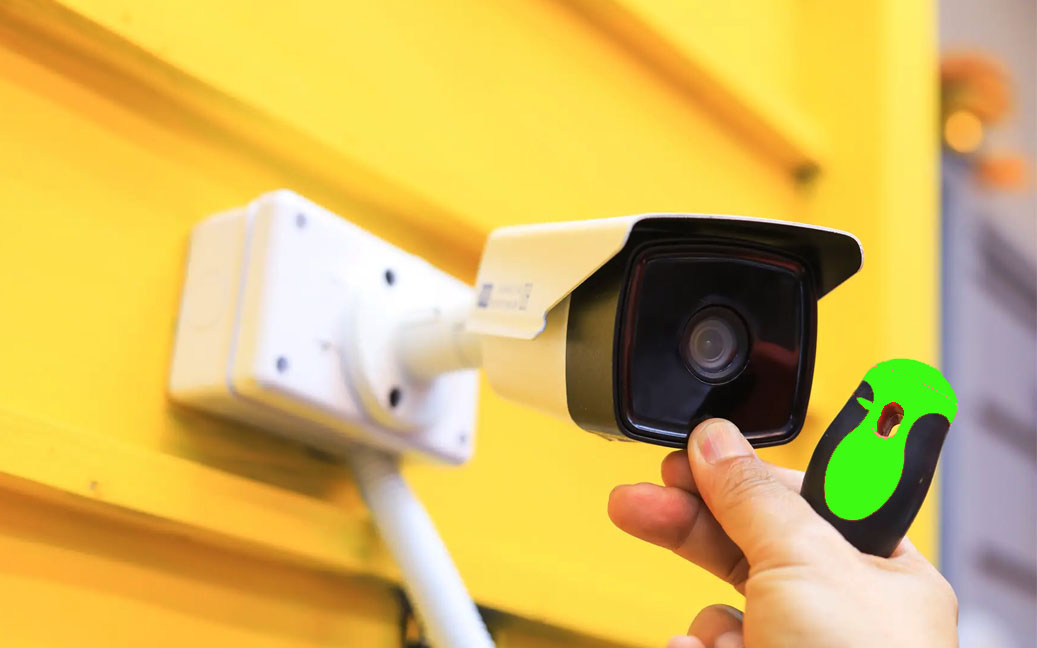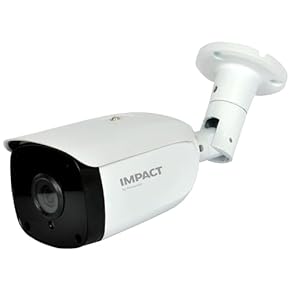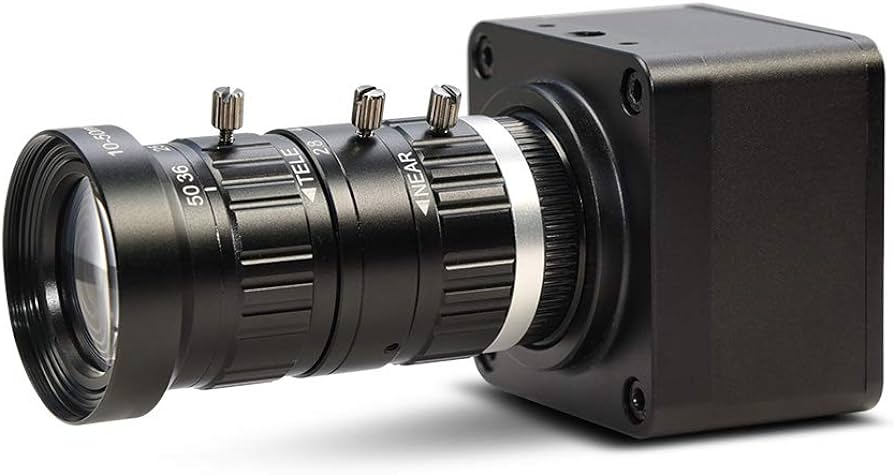Wired Security Cameras for Home.In an era where security is of paramount importance, Wired Systems – Night Owl SP .ensuring the safety of our homes has become a top priority. One of the most effective ways to secure your home is through the use of wired security cameras. These systems offer reliable, high-quality surveillance that can help deter potential intruders, monitor activity, and provide peace of mind. This guide will explore the benefits, types, installation process, and tips for selecting the best wired security cameras for home use.
Table of Contents
Benefits of Wired Security Cameras for Home
1. Reliability:
Wired Security Cameras for Home provide a consistent and stable connection. Unlike wireless cameras, they are not susceptible to interference from other electronic devices or signal loss, ensuring uninterrupted surveillance.
3. High-Quality Video:
Wired Security Cameras for Home often deliver higher resolution video compared to wireless options. This clarity is crucial for identifying faces, license plates, and other important details.
4. No Battery Worries:
Since Wired Security Cameras for Home draw power directly from your home’s electrical system, there is no need to worry about battery life or regular replacements. This ensures continuous operation without maintenance interruptions.
5. Scalability:
Wired Security Cameras for Home can support multiple cameras without compromising on performance. This is ideal for larger homes or properties with extensive security needs.
Types of Wired Security Cameras
1. Dome Cameras:
These cameras are often used for indoor surveillance and are known for their unobtrusive design. They offer a wide field of view and are less likely to be tampered with due to their shape and mounting style.
2. Bullet Cameras:
Recognizable by their cylindrical shape, bullet cameras are typically used for outdoor surveillance. They provide a longer range and are weatherproof, making them ideal for monitoring driveways, entrances, and large outdoor areas
3. PTZ Cameras (Pan-Tilt-Zoom):
PTZ cameras offer the ability to pan, tilt, and zoom, allowing for comprehensive coverage of a large area. They can be controlled remotely and are suitable for both indoor and outdoor use.
4. C-Mount Cameras:
These cameras have detachable lenses, which means you can change the lens to suit different viewing distances. They are highly versatile and can be used in various surveillance scenarios.
Installation Process
1. Planning:
Start by assessing your home’s layout and identifying key areas that need surveillance. Common spots include entry points, driveways, backyards, and common areas inside the home.
2. Selecting Equipment:
Choose cameras that meet your specific needs. Consider factors such as resolution, field of view, night vision capability, and weather resistance. Ensure that the cameras are compatible with your recording device, such as a DVR (Digital Video Recorder).
3. Running Cables:
Plan the cable routes carefully. It’s essential to hide the cables to protect them from tampering and to maintain the aesthetics of your home. Use conduits or cable trays where necessary.
4. Mounting Cameras:
Securely mount the cameras in their designated positions. Make sure they are placed at a height that covers the intended area without obstructions. Adjust the angles to maximize coverage.
5. Connecting to DVR:
Connect the cameras to the DVR using the appropriate cables. Ensure all connections are secure and the power supply is stable.
6. Configuring the System:
Power on the system and configure the settings on the DVR. Set up recording schedules, motion detection zones, and remote viewing options. Test each camera to ensure it is working correctly.
7. Maintenance:
Regularly check and maintain your system. Clean the camera lenses, check for any wear or damage to the cables, and ensure the DVR is recording properly. Regular maintenance ensures the longevity and effectiveness of your security system.
Tips for Selecting the Best Wired Security Cameras
1. Resolution:
Opt for cameras with high resolution (at least 1080p) to ensure clear and detailed footage. Higher resolution cameras are better for identifying faces and other important details.
2. Night Vision:
Choose cameras with good night vision capabilities. Infrared (IR) LEDs allow cameras to capture clear footage even in complete darkness, which is essential for 24/7 surveillance.
3. Weather Resistance:
For outdoor cameras, ensure they are weatherproof and can withstand harsh conditions. Look for cameras with an IP (Ingress Protection) rating of at least IP66.
4. Field of View:
Consider the camera’s field of view. Wide-angle lenses cover more area, reducing the number of cameras needed for large spaces.
5. Storage:
Ensure your DVR has sufficient storage capacity to retain footage for a reasonable period. Consider using external hard drives or cloud storage for additional capacity.
6. Remote Access:
Look for systems that offer remote access via a smartphone app or web interface. This feature allows you to monitor your home from anywhere in the world.
7. Customer Support and Warranty:
Choose brands that offer reliable customer support and a good warranty. This ensures you have assistance if any issues arise with your system.
Conclusion
Wired Security Cameras for Home are an excellent choice for homeowners looking to enhance their security with a reliable and robust system. With their high-quality video, consistent performance, and enhanced security features, they provide peace of mind and protection against potential threats. By carefully planning your system, selecting the right equipment, and maintaining it regularly, you can ensure that your home is safe and secure.
For more information, product recommendations, and installation tips, visit esouq24.net. Secure your home with the best wired security solutions and enjoy peace of mind knowing that your property is under constant surveillance.








